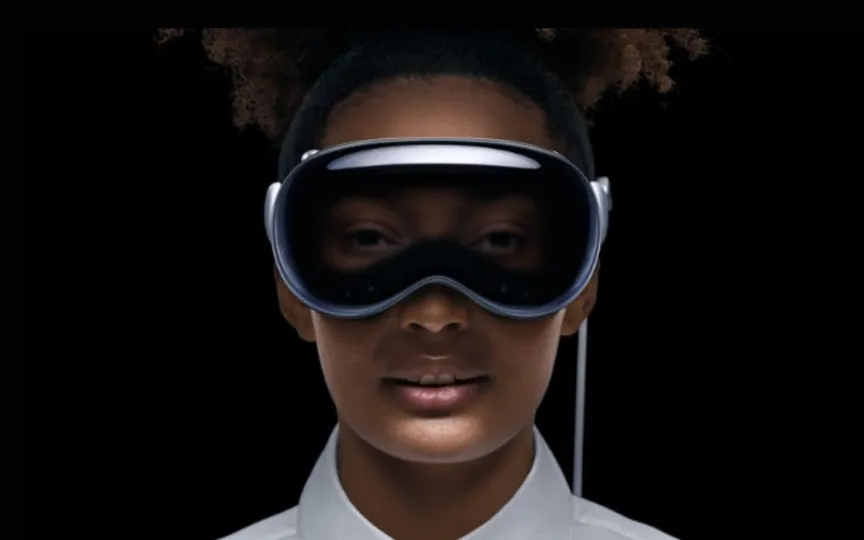Apple Introduces New Optic ID for Enhanced Security, Replacing Face ID
Apple has a habit of introducing new technology, and has done so with distinction over the years. The company decided to cut the cord with the iPhone 7 and introduced a wireless headphone segment to compensate. We also saw the notch appear on the iPhone screen a few years later.
Apple then decided to abandon Touch ID in favor of Face ID. And now the company is rewriting the script again with the new Optic ID technology in its Vision Pro headset. Before you get any ideas, Apple isn’t replacing Face ID with new technology, and it looks like the new security feature will be used in the headphone category. So what is Optic ID, how does it work and what else do you need to know? Here are the details
Apple Optic ID: what it is
The Apple Vision Pro headset is a new device that needs new security technology to keep most features, including payments, secure. “In the same way that Touch ID revolutionized authentication with fingerprints and Face ID revolutionized authentication with facial recognition, Optic ID revolutionizes authentication with iris recognition,” Apple mentioned in its announcement about Optic ID.
As the name suggests, Optic ID stands for iris scanning, which is completely different from scanning your face with Face ID. Apple claims that Optic ID can authenticate the unique identifiers of your iris, promising a quick unlocking of the Vision Pro headset. The optical ID also helps to securely pay via Apple Pay, sign in to third-party apps, and hide personal information behind a layer. All apps that have used Face ID and Touch ID on other Apple devices are compatible with Optic ID from day one.
Apple Optic ID: How it works
Now that you know what Optic ID is, it’s time to understand the technology that makes it work. The feature searches both eyes for a unique iris signature and updates the information based on information from each successful authentication. The technology uses advanced hardware and software to help identify the iris. Simply put, Apple has equipped the headset with a powerful LED and infrared camera tracking system.
Apple says the cameras and LED illuminate the eye to help the Vision Pro headset recognize the iris for authentication. “This iris image data is sent to the Secure Enclave and part of the neural engine on the Apple M2 chip, which is protected in the Secure Enclave, where it is converted into a mathematical representation for enrollment and processed. When you authenticate with Optical ID, the authentication company uses the same process to compare your iris with the biometric data registered to determine , is there a match,” Apple explains the technology behind the feature.
And yes, Apple assures that all biometric data is encrypted and the company does not back it up to iCloud or anywhere else. You can go to Vision Pro’s settings and enable Optic ID with the following steps.




